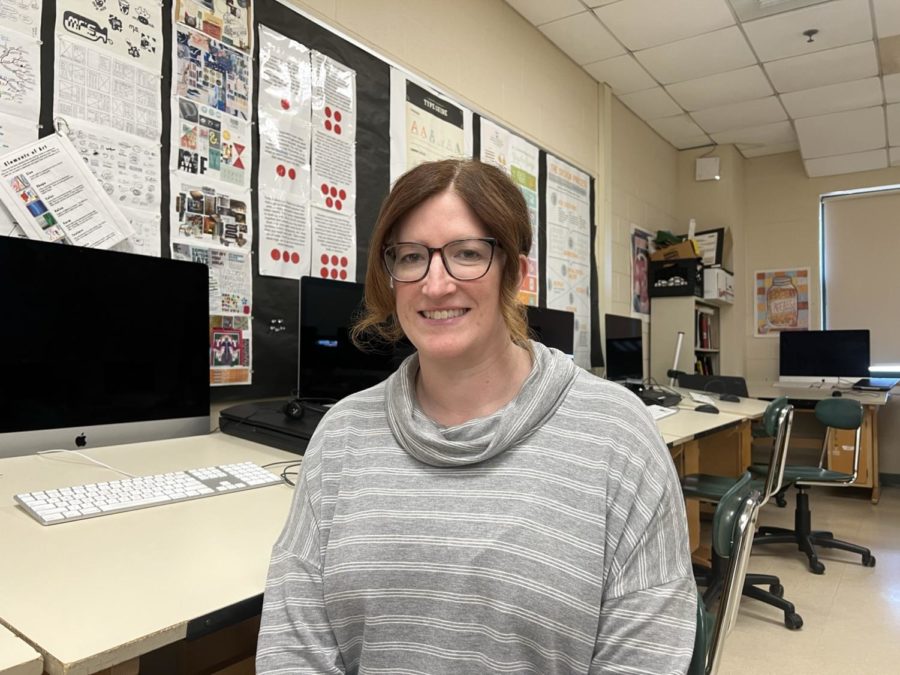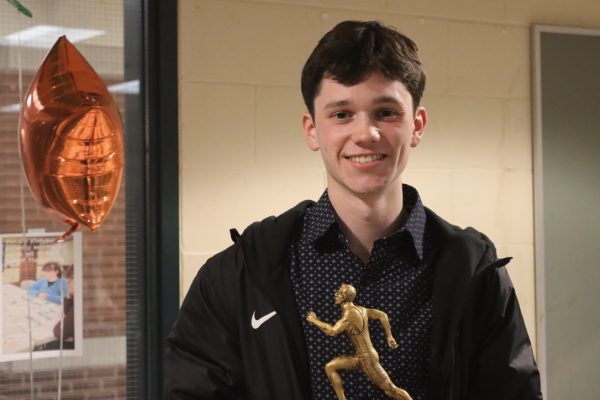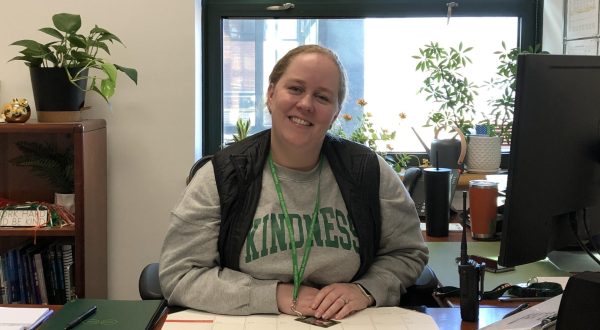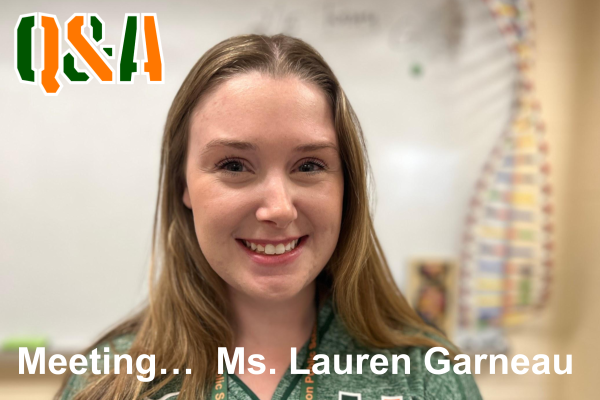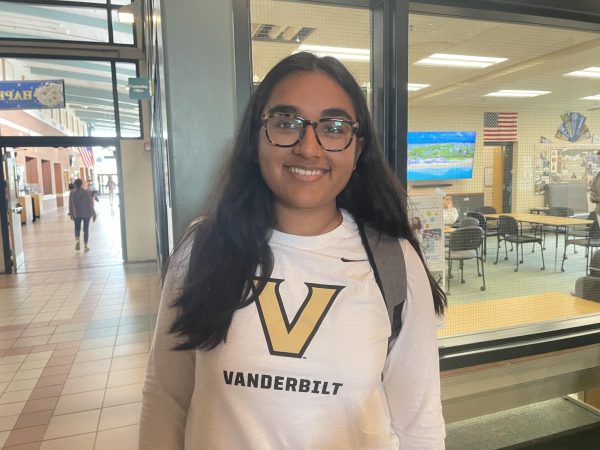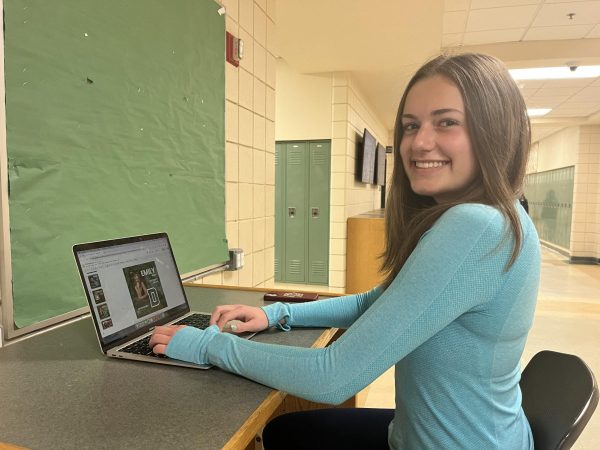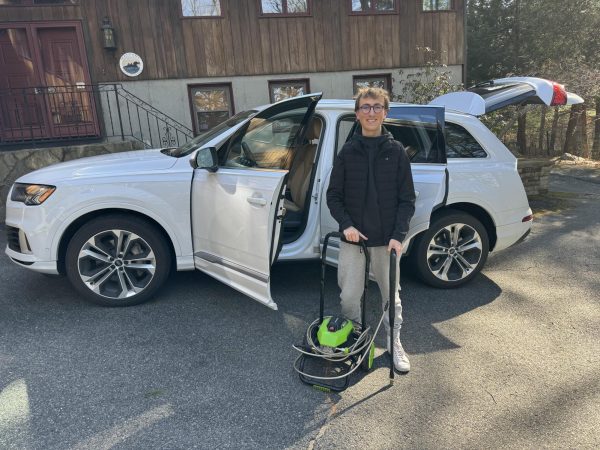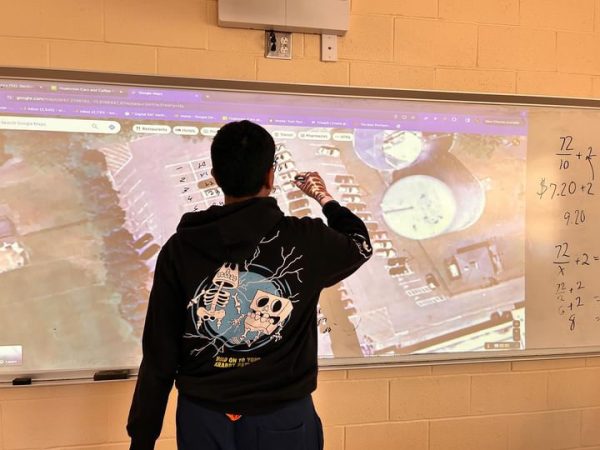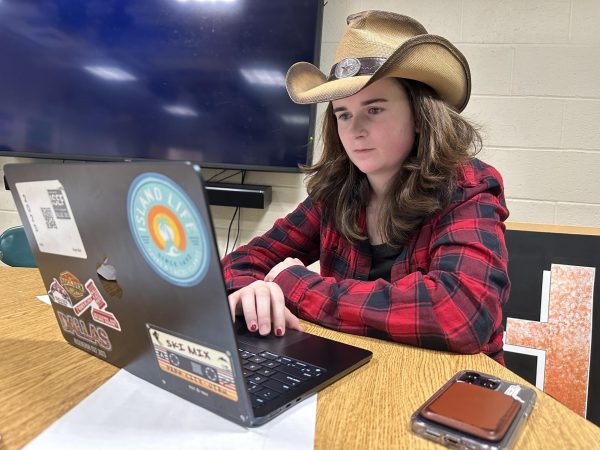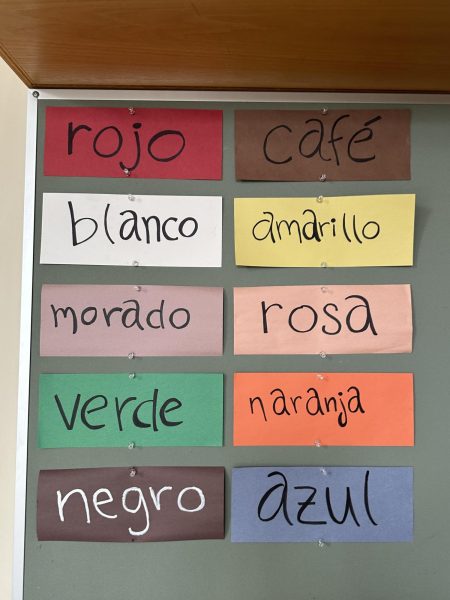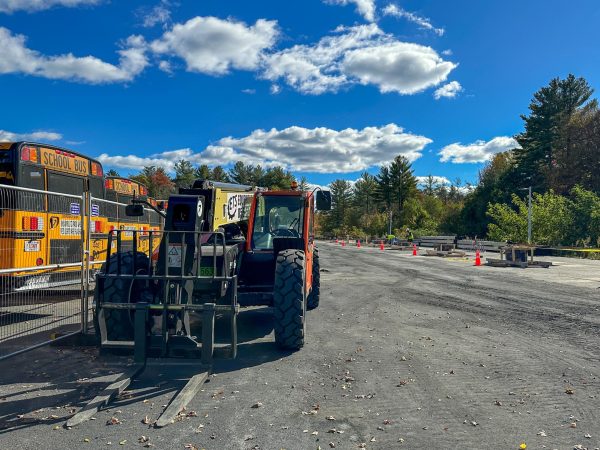Computer Science Over the Years
The first computer science class was introduced to school years ago.
Now, over 200 students are enrolled in Introduction to Computer Science, AP Computer Science Principles (CSP), or AP Computer Science A (CSA), with CSP standing as one of the most popular courses to date.
Kirsten Fournier, who teaches all of the computer science courses, began teaching here in 2013. For the first five years, she was the school’s librarian.
Fournier previously taught tech-related classes on how to be a more knowledgeable and efficient researcher.
“When I first came here, I taught one section of a class we used to have called Freshmen Tech. It taught students how to be more digitally literate and responsible,” she said.
Freshmen Tech, an eight-week course, was required to be taken by all freshmen. Eventually, when the BTE (Business, Technology, and Engineering) department had an opening, Fournier was asked to take over some classes part-time.
“I had very few students—like six or seven students per section—but I did enjoy it,” she recalled.
In 2014, the school introduced CSP, a course that the College Board had developed only a year earlier.
When Fournier was asked to teach this new class, she took up the offer.
“I’ve always liked tech and dabbled in it, but I was not a skilled coder by any means. I really didn’t have a computer science background at all,” she said.
Fournier immediately started learning about programming by using any online resources she could find. One of those resources is a platform called CodeAcademy, which gave her all the skills she needed to lead her students.
“I took a lot of online classes. I practiced all the time—morning, noon, and night,” Fournier said. “I would bring my laptop to bed with me sometimes and just code for practice. That constant practice helps you develop confidence.”
That same year, Fournier became a full-time teacher.
“I felt like I had been in the library for a while, and I was kinda getting bored. I was looking for a new challenge, and I really liked coding. So, I figured I would give it a try,” she recalled.
And, a lot of students ended up registering for the AP CSP class, so the high school created two full sections of it.
“AP CSP which at that time was newly developed, provided some progression for students to build up skill sets,” said Mr. Scott, who teaches robotics and leads the BTE department.
Computer science and STEM, in general, have typically been male-dominated fields. Even around the time Ms. Fournier started her coding journey, that was still the case.
“Five years ago, it did not feel great. There were mostly boys in my classes. There were not a lot of female students, and the ones that were there didn’t really feel that comfortable, which is part of the reason why I decided to start the Girls Who Code Club,” Ms. Fournier said.
Girls Who Code is a nonprofit organization whose aim is to increase the number of women working in computer science. The club itself was started only five years ago.
“It is tough when you are in a room full of people that don’t necessarily look like you. You feel like you’re not being represented. So, I did try to incorporate more awareness of that topic.”
“Trying to increase the awareness and just finding more opportunities for our female students to get involved was sort of my big goal that first year and also as a department,” Ms. Fournier said.
“And I feel like we definitely stepped it up, it’s still not like a fifty-fifty balance but there is much more female representation in our classes, now than there ever had been in the past which is good to see.”
Senior Tomo Oga current president of the Girls Who Code Club was first introduced to the club by a close friend that graduated last year.
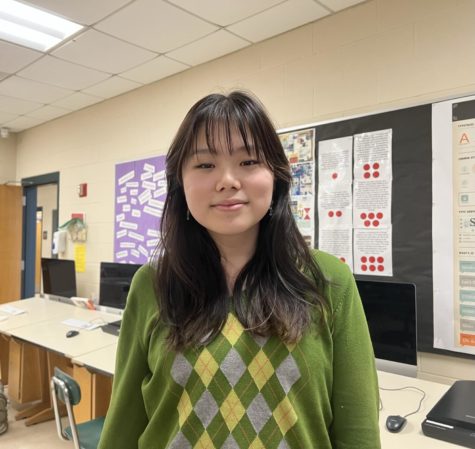
“I think it’s a step to get more girls involved at least in stem if not computer science and I think the message behind it I think is pretty impactful,” Oga said.
Oga had also previously taken the computer science courses offered and plans to pursue it in the future as a career option. Yet, her interest in the subject had started long before.
“In third grade, I made little websites, and I would hog the computer in the back of the classroom, for the entirety of recess,” Oga said.
Currently, she has been working on a research paper about machine learning, specifically frame interpolation, and has been trying to find more novel approaches to the topic.
Everyone’s journey into computer science is different, but Fournier says it is definitely never too late to start.
“I didn’t learn how to code till I was almost forty, so I feel like if I could do it at that age mid-career. Somebody who’s much younger than me [and] who’s sort of got their lives ahead of them, they can definitely do it. It’s just gonna require some work,” Ms. Fournier said.
Oga had similar thoughts.
“It’s very daunting, but I think it’s scarier because it’s unknown [and it’s] incredibly difficult, but once you dive into the material I think it can become a lot more tangible and something that is interesting if its something that you are interested in,” Oga said.
Learning is a process and one that changes over time. According to Ms. Fournier, it is continuous and never really stops.
“I feel like I’m also pretty honest with my students. I don’t have the CS degree or the formal training. So a lot of times, even still after teaching five years, we’re kinda learning it together if it’s something that I don’t know. I’ll just say ‘Let’s Google it. Let’s figure it out,” Ms. Fournier said.

